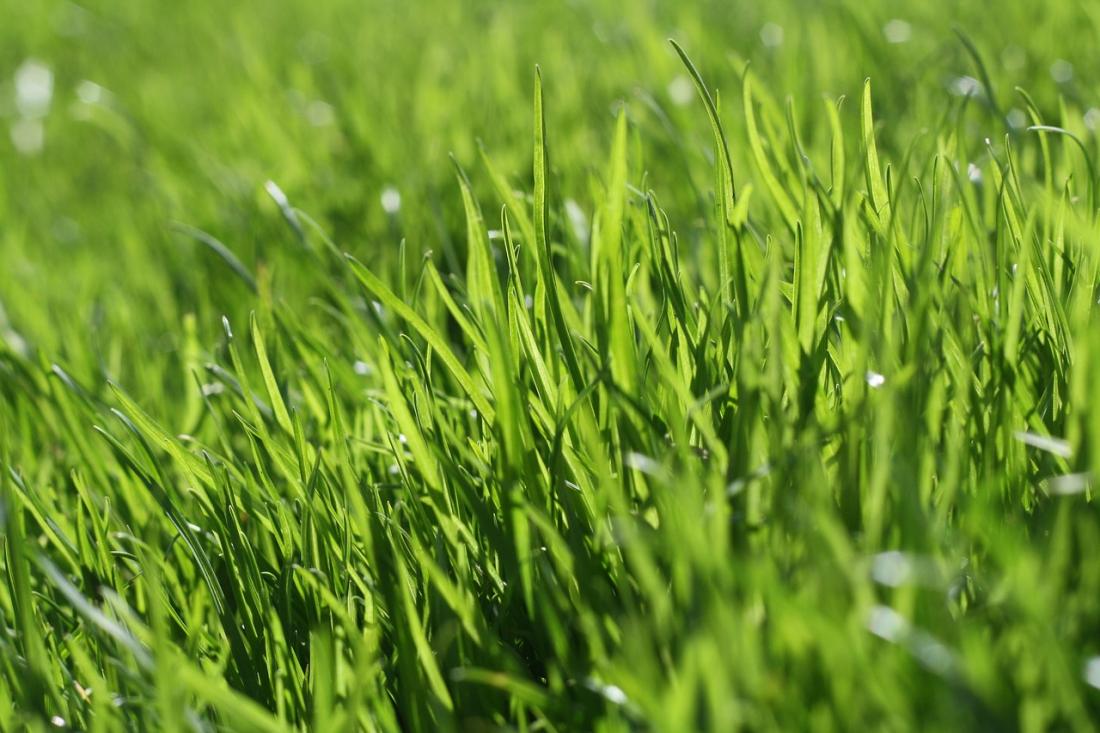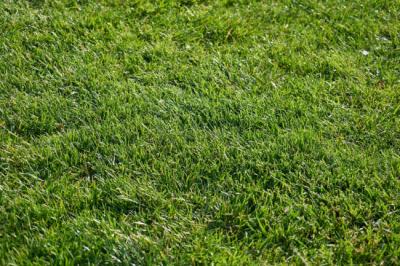Zeon zoysia grass is a popular choice for lawns due to its ability to thrive in various climates and soil types. It is also low maintenance and drought resistant, making it a great option for homeowners who want a beautiful lawn without spending a lot of time and resources maintaining it.
Congratulations! You’ve done all the demanding work and laid your new Zeon lawn. You must keep it growing lush and green. Here are some tips on how to get the most out of your Zeon zoysia sod grass.
Tips On How to Get the Most Out of Your Zeon Zoysia
-
Start with good soil preparation. Before installing your sod, it is important to prepare the soil properly. This involves removing any weeds or debris and loosening the topsoil to a depth of about six inches. You should also assess the soil pH and add any necessary amendments to bring it within the optimal range for zeon zoysia grass (6.0-7.0 pH)
-
Install the sod correctly. When installing your sod, make sure to lay it as soon as possible after delivery and avoid mistakes when installing sod. Begin by starting at a straight edge, such as a driveway or sidewalk, and unroll the sod in rows. Be sure to overlap the edges slightly and use a sod roller or your feet to press the sod firmly into the soil. Water the sod immediately after installation to help it establish roots.
-
Water the sod properly. In the first week after installation, it is important to keep the sod moist at all times. This means watering it at least twice a day or as needed to keep the soil moist to a depth of about six inches. After the first week, you can reduce watering to once a day and gradually reduce it further as the grass becomes established. It is important to avoid overwatering, as this can lead to root rot and other problems.
-
Mow the grass correctly. Proper mowing is essential for maintaining a healthy lawn. When mowing zeon zoysia grass, use a sharp blade and set your mower to a height of about 3 inches. Mow frequently enough to remove no more than one-third of the grass blade at a time. This will help to promote strong, healthy growth and prevent the grass from becoming stressed.
-
Fertilize the grass properly. Fertilizing your zeon zoysia grass is important for maintaining its health and vigor. Use a fertilizer that is specifically formulated for use on zeon zoysia grass and follow the manufacturer's instructions for application. Avoid over-fertilizing, as it can lead to excess growth and a higher risk of pests and diseases.
-
Control weeds and pests. Weeds and pests can be a problem for any lawn, and zeon zoysia grass is no exception. To keep your lawn looking its best, it is important to control weeds and pests. This may involve applying herbicides or insecticides or using natural methods such as hand-weeding or releasing beneficial insects. Be sure to follow all label instructions and safety precautions when using any pest control products.
-
Aerate the soil regularly. Aeration is the process of creating small holes in the soil to allow air, water, and nutrients to reach the roots of the grass. This is especially important for zeon zoysia grass, which tends to have a dense root system and may benefit from additional aeration. You can aerate your lawn using a hand-held aerator or hire a professional to do it for you.
-
Overseed the grass as needed. Over time, your zeon zoysia grass may start to thin out or become patchy. To maintain a thick, healthy lawn, you may need to oversee it from time to time. This involves adding new grass seed to the existing lawn, either by hand or using tools.
-
Thatch removal is a process that should be done periodically to remove excess build-up of thatch from your zeon zoysia grass. Thatch is a layer of dead and living grass roots, stems, and leaves that accumulate between the soil surface and the green foliage of the grass. If left unchecked, thatch can cause problems such as reduced water infiltration, increased pest and disease problems, and a lack of vigor in the grass.
To remove thatch, you can use a lawn mower for scalping the grass or a commercial de-thatching machine. It is best to perform this task just before the grass turns green in the spring or late winter in areas with a milder climate. After de-thatching, remove any debris to prevent it from smothering the grass.
Wrapping It Up!
As a leader in sod farming for over 10 years, Atlanta Sod Farms has earned an excellent reputation among its clients. We strive to provide only the best quality turfgrass, with delivery available everywhere in the city. With 20+ natural types of grass ranging from Bermuda, Centipede sod, and zeon zoysia to drought-tolerant varieties, you are sure to find one that meets your needs while also being water-conserving and environmentally friendly - no health risks associated with synthetic grass!






